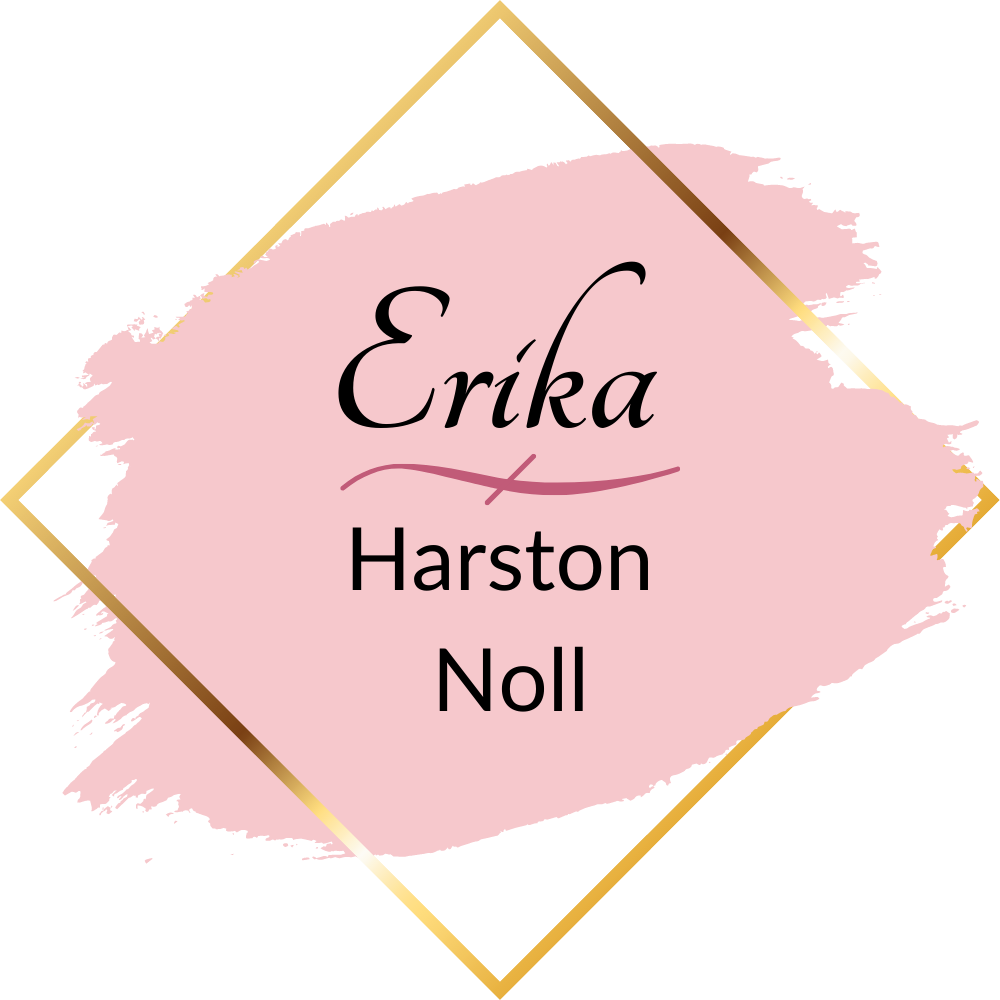
Halloween is synonymous with candy, but many parents are looking for alternatives that are fun, affordable, and just as exciting for kids. Handing out non-candy items can be a unique and healthier twist that sets your house apart as the “cool house” on the block. Here are five inexpensive, kid-approved, and easily found online to consider handing out this Halloween.
Kids love things that glow, especially on Halloween night!
Glow stick bracelets are a hit with kids of all ages and make an excellent alternative to candy. Not only are they fun, but they’re also practical for trick-or-treating safety, as they make kids more visible at night. These come in packs of 50-100 and are usually under $15, making them affordable for even a large crowd of trick-or-treaters. Look for packs of multicolored glow stick bracelets that come with connectors for easy wear.
2. Halloween-Themed Stickers or Temporary Tattoos
Creative fun that kids can take home and use later!
Halloween-themed stickers or temporary tattoos are inexpensive and a big hit for kids. You can find packs with dozens of designs, featuring ghosts, pumpkins, bats, and more spooky fun. They’re perfect for kids to share with friends or use in arts and crafts after Halloween. Plus, parents will appreciate a non-candy option that sparks creativity. Look for Halloween sticker or tattoo packs that come with a variety of designs. Many options have 100+ pieces for around $10.
Keep the Halloween fun going even after trick-or-treating ends!
Mini Halloween-themed activity books, filled with coloring pages, word searches, or puzzles, make an engaging treat that kids can enjoy at home. These are particularly great for younger kids who love coloring and solving puzzles. Many packs offer multiple designs, so you can hand out different books to different kids. Look for sets of mini activity books with around 24-30 books per pack, often priced under $15.
4. Halloween Erasers or Mini Figurines
A fun, themed item they can use at school or play with at home!
Halloween-themed erasers or mini figurines make fun, practical, and affordable handouts. You can find assortments of erasers shaped like pumpkins, ghosts, and witches. Kids love collecting them and showing them off to friends, and they’re an easy addition to pencil cases or play collections. Search for Halloween erasers in bulk packs (50+), usually around $10-$12, or mini figurine assortments if you want a slightly different option.
5. Bubble Wands
Who doesn’t love bubbles? They’re a timeless favorite!
Bubble wands are always a hit with kids and make a festive Halloween treat they can enjoy outside. Mini bubble wands come in various colors and are small enough to hand out individually. Many kids will start blowing bubbles right on the spot, adding to the fun and excitement of Halloween night. Look for mini bubble wands in sets of 24-30, often under $12. Some come in Halloween-themed packaging, adding to the holiday spirit.
Handing out non-candy treats is a fun way to mix things up and give kids something memorable this Halloween. From glow sticks to activity books, these items are inexpensive, easy to find on Amazon, and guaranteed to bring smiles to trick-or-treaters. This year, try a few non-candy treats, and watch how excited the kids get for these unique goodies!
My blogs contain some affiliate links.
Any purchase made is a blessing to my family at no extra cost to you!
Thank you for supporting us!

When my kids were small and we still consumed a lot of dairy, they would have thick green or yellow mucous throughout fall and winter. It didn't seem that anything would help. We tried a lot of things. Some things helped short term, but they still had the mucous, even when we had holistically cleared all other symptoms of being ill. This really puzzled me. Then, we eliminated dairy from our home because one child tested positive for dairy allergy. Dairy became something that was only consumed now and then on pizza(although half of us prefered it without cheese), but otherwise, it was absent from our diet. When fall came, there was no thick mucous. There was very little mucous in any of my children, even when they got sick. But they didn't get sick as much, and when they did, they got better much quicker. The only thing we changed was the dairy! As we have continued with little to no dairy, this has held true. This is something to think about if your child has long-term thick mucous.
After extensive research, I found that dairy is well known for causing mucous. It also creates acidity in the body, which is a good environment for unfavorable microbes. While many believe it is a good source of calcium (and it does contain calcium), that calcium is used by the body right away to counteract some of the acidity caused by the animal protein in the dairy product. So, there is no calcium benefit from consuming dairy. The countries with the highest dairy consumption also have the highest incidence of osteoporosis. It was mind-blowing for me when I learned that because we all learn that dairy is a good source of calcium in school! That is just not the case.
Does that mean 100% elimination is necessary? That's up to you. But I highly recommend at least reducing consumption. When we eliminated it, we found all sorts of benefits - including better digestion. Will I eat it sometimes? Yes, but rarely, and now it makes me feel bad when I eat it. I was so addicted (yes, it is as addictive as drugs) before that I craved it all the time. But I was also plagued with chronic digestive issues that I had no idea were connected. This may be TMI, but those issues included cramping, bloating, constipation, and diarrhea. I no longer have those issues, unless I consume dairy. Do you have digestive issues? Have you ever thought that it could be dairy? I didn't until after it was gone. If you are curious or want to see major changes in your health, I highly recommend trying a no-dairy diet for 3 months. You may be pleasantly surprised at the results!
Not sure where to get your calcium? (Let me be clear - you weren't ever getting it from dairy, anyway.)
1. Leafy Greens: Kale, collard greens, mustard greens, and turnip greens.
2. Broccoli and Bok Choy: Both are rich in bioavailable calcium.
3. Seaweed: Especially wakame and kelp.
4. Almonds: A handful provides a good calcium boost.
5. Chia Seeds: High in calcium, and easy to add to smoothies or yogurt. (See below for recipe)
6. Sesame Seeds (Tahini): A rich, natural source of calcium.
7. Figs: Dried figs are another calcium-dense snack.
8. White Beans: Cannellini beans and other white bean
🎃 Pumpkin Spice Bliss: A Nourishing Recipe
Here’s a quick and delicious Pumpkin Spice Smoothie recipe:
- 1 cup almond milk
- ½ cup canned pumpkin
- 1 banana
- 1 tsp pumpkin spice
- 1 tbsp chia seeds
- 1 tbsp pure maple syrup
Blend and enjoy a nutritious, fall-flavored treat packed with fiber and vitamins to fuel your busy days!
My blogs contain some affiliate links.
Any purchase made is a blessing to my family at no extra cost to you!
Thank you for supporting us!

This chart should help you recognize food dyes and their various names more easily!
Yes, many food dyes can have multiple names or designations based on their chemical composition, brand names, or regional differences. Here’s an updated chart including some additional names that may be used for common food dyes:
| Dye Name (Old) | Dye Name (New) | Other Names | Common Uses
|-----------------------|--------------------------------|---------------------------------------|----------------------------------------------------------
| Red 2 | E123 | Amaranth | Beverages, candies, desserts
| Red 3 | E127 | Erythrosine | Candies, maraschino cherries, dairy products
| Red 40 | Allura Red AC (E129) | Food Red 17 | Soft drinks, candies, baked goods
| Yellow 5 | Tartrazine (E102) | Food Yellow 4, E102 | Candies, snacks, beverages
| Yellow 6 | Sunset Yellow (E110) | Food Yellow 3 | Processed foods, snacks, desserts
| Blue 1 | Brilliant Blue FCF (E133) | Food Blue 2 | Beverages, candies, baked goods
| Blue 2 | Indigotine (E132) | Food Blue 1 | Candies, baked goods, beverages
| Green 3 | Fast Green (E143) | Food Green 2 | Beverages, candy, gelatin
| Orange B | E110 | Orange Yellow 2 | Snacks, beverages, sauces
| Carmine | Cochineal (E120) | Carminic acid, Natural Red 4 | Yogurt, beverages, confectionery
| Anthocyanins | E163 | Natural Red 2, Food Red 3 | Fruits, juices, sauces
| Beet Juice | E162 | Beet Red, Betanin | Juices, desserts, processed foods
***
- Carmine and cochineal are derived from insects (cochineal scale) and are often labeled as natural colorants.
- Anthocyanins are naturally occurring pigments found in many fruits and vegetables, commonly used in plant-based products.
- Beet Juice is a natural coloring often used as a healthier alternative to synthetic dyes.
Always check the ingredient list for any of these names, especially if you're looking to avoid certain dyes for health reasons or allergies!
- Some dyes have retained their original names while others have been reclassified or renamed.
- Always check the ingredient list for both the common name and the E-number when shopping for products to avoid specific dyes.
- Regulatory changes may influence the names and classifications of food dyes over time, so it's essential to stay updated on food labeling practices.
My blogs contain some affiliate links.
Any purchase made is a blessing to my family at no extra cost to you!
Thank you for supporting us!

The potential dangers of food dyes can vary, but several have been the focus of concern due to health risks and adverse effects. Here are some of the most commonly cited food dyes that are considered the most dangerous or controversial:
1. Red 40 (Allura Red AC)
- Concerns: Linked to hyperactivity and behavioral issues in children, especially in sensitive individuals. Some studies have suggested potential carcinogenic effects and allergic reactions.
- Common Uses: Candies, soft drinks, baked goods.
2. Yellow 5 (Tartrazine)
- Concerns: Associated with allergic reactions, including asthma and hives. Some studies suggest it may contribute to hyperactivity in children. It may also contain benzidine, a potential carcinogen, as a contaminant.
- Common Uses: Snacks, soft drinks, desserts.
3. Yellow 6 (Sunset Yellow)
- Concerns: Linked to allergies and hyperactivity in children. Some studies suggest potential carcinogenic effects based on animal studies.
- Common Uses: Processed foods, snacks, beverages.
4. Blue 1 (Brilliant Blue FCF)
- Concerns: Although considered safe in moderate amounts, there are ongoing debates about its long-term effects on health, including potential links to hyperactivity.
- Common Uses: Beverages, candies, baked goods.
5. Red 3 (Erythrosine)
- Concerns: Previously used widely, it was found to be carcinogenic in animal studies, leading to its ban in cosmetics and certain food products. It can still be found in some food items, raising safety concerns.
- Common Uses: Candies, baked goods, maraschino cherries.
6. Carmine (Cochineal)
- Concerns: While natural, it can cause severe allergic reactions in some individuals. It’s made from crushed cochineal insects, which may be a concern for vegetarians and vegans.
- Common Uses: Yogurt, beverages, confectionery.
7. Allura Red (Red 40) and Tartrazine (Yellow 5) Combination
- Concerns: When consumed together, these dyes have been associated with increased hyperactivity in sensitive individuals, as indicated in studies examining their effects in children.
While the FDA approves these dyes for use in food, there is ongoing debate about their long-term health impacts. Individuals with sensitivities, allergies, or those concerned about hyperactivity should be particularly cautious and read ingredient labels carefully. Opting for natural alternatives and whole foods can help minimize exposure to potentially harmful food dyes. Always consult with a healthcare professional for personalized dietary advice.
My blogs contain some affiliate links.
Any purchase made is a blessing to my family at no extra cost to you!
Thank you for supporting us!

Here’s a breakdown of the composition of the most commonly cited food dyes, including their sources and how they are made:
1. Red 40 (Allura Red AC)
- Composition: Synthetic dye made from petroleum products.
- Source: Derived from the azo dye family. It is created through a chemical process involving the reaction of aromatic amines.
2. Yellow 5 (Tartrazine)
- Composition: Synthetic dye made from petroleum.
- Source: Produced by the sulfonation of 4-pyrenesulfonic acid. It can also be derived from coal tar.
3. Yellow 6 (Sunset Yellow)
- Composition: Synthetic dye also made from petroleum.
- Source: Created from the reaction of anthranilic acid with other chemicals, leading to a yellow azo dye.
4. Blue 1 (Brilliant Blue FCF)
- Composition: Synthetic dye derived from petroleum.
- Source: Created through a series of chemical reactions involving p-phenylenediamine and is a part of the triphenylmethane dye family.
5. Red 3 (Erythrosine)
- Composition: Synthetic dye derived from the xanthene family.
- Source: Made from the reaction of phthalic anhydride and resorcinol, followed by a series of chemical modifications.
6. Carmine (Cochineal)
- Composition: Natural dye made from carminic acid.
- Source: Extracted from cochineal insects (Dactylopius coccus), which are harvested, dried, and processed to obtain the red pigment.
7. Allura Red (Red 40) and Tartrazine (Yellow 5) Combination
- Composition: Allura Red is an azo dye, while Tartrazine is derived from petroleum.
- Source: Both are synthetic and produced through chemical processes involving aromatic compounds and amines
Most artificial food dyes are synthetic and derived from petroleum products, which raises concerns about their safety and potential health risks. In contrast, carmine is a natural dye but still poses allergenic risks for some individuals. When considering food dyes, it’s essential to be informed about their sources and potential impacts on health.
My blogs contain some affiliate links.
Any purchase made is a blessing to my family at no extra cost to you!
Thank you for supporting us!



